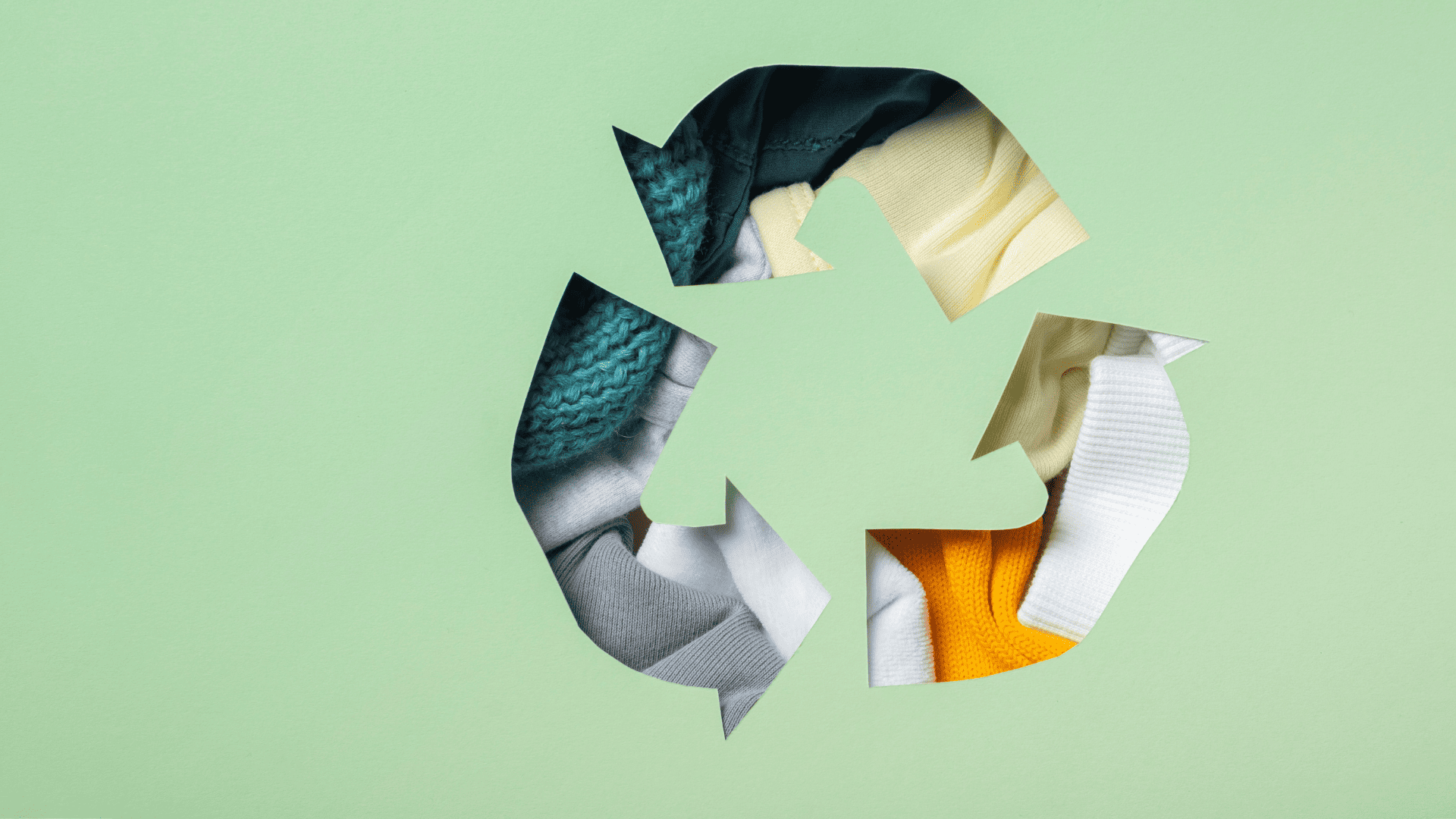
©vimaliss via Canva.com
J.Crew Partners With SuperCircle for New Recycling Program
February 28, 2024
American fashion retailer J.Crew is providing a better option for those who have swimsuits they no longer want through its fiber-to-fiber (F2F) recycling program, which it launched this month, according to Vogue Business.
The retailer has joined forces with SuperCircle, the recycling tech and reverse logistics platform, to present customers with a swimwear take-back program called Second-Life Swim. This program kicked off on Feb. 22, and it encourages customers to return swimwear from any brand to J.Crew either in-store or online in return for a $5 credit, which they can use until August 2024, toward the purchase of a new J.Crew swimwear item. Customers can accumulate credits up to $20, which can be applied to any full-price swimsuit.
This collaboration paves the way for 40% of J.Crew’s current items to be “textile-to-textile recycled.” This includes poly swimsuits and all 100% nylon and Econyl items. No clothing ends up in landfills or secondhand markets in the Global South. Garments deemed unsuitable for fiber-to-fiber recycling are redirected through SuperCircle’s open-loop recycling channels for use in other product lines, such as compression or insulation, which stretches out their life span by two or more years.
Lisa Greenwald, chief merchandising officer at J.Crew said, “[We] want to keep items in use for as long as possible before recycling, but we see this as a key part of our evolving circularity strategy.” She added, “[We] started this journey thinking recycling swim was not an option, but after a long search, we found the right partner with SuperCircle.”
Greenwald said that this change is small but has significant scope. “Not everything can be fibre-to-fibre recycled, but these incremental changes are what enable J.Crew as well as the retail industry to find a wider scale solution,” she explained. “This space is continually evolving.”
SuperCircle CEO and co-founder Chloe Songer said, “The end goal of circularity is to drive fibre recapture that can be used in new garments. Fibre-to-fibre recycling makes that a reality today.” She added, “It’s important to drive the industry towards the reuse of fibre within the garment supply chain, as well as keeping everything out of landfill and participating in a truly circular fashion system. The textile recycling value chain could create new, valuable raw materials that enable more apparel production, with less impact and waste.”
Recent News
Apple’s Record-Breaking $110B Stock Buyback
Apple Inc., one of the world’s largest tech companies, has just made history with the largest stock buyback ever seen in the United States. The announcement comes as the tech giant’s board approved an additional $110 billion in share repurchases.
Moderna COVID-19 Vaccine Sales Drop 91%
Moderna’s only product is the vaccine that became popular during the pandemic.
Norwegian Cruise Line: No Clothes, No Problem on ‘The Big Nude Boat’
Clothing-optional vacations from Norwegian Cruise Line will start next year.
Sony and Apollo Express Interest in $26B Paramount Buyout Amid Skydance Merger Talks
Sony Pictures and Apollo Global Management have sent a letter to the Paramount Global board showing their interest in buying the company for around $26 billion.

